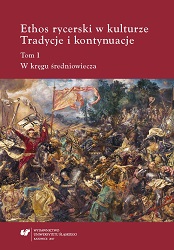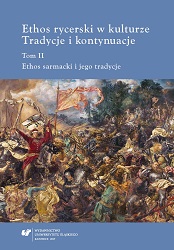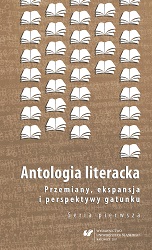
„Rycerskość” arystokraty z okresu Heian. Rozważana z perspektywy Il Cortegiano Baldassare de Castiglionego
Japanese courtly culture reached its pinnacle during the Heian period (between the9th and 12th centuries), which was characterized by the pursuit of ideal beauty and refinedelegance (miyabi). The achievements of the court in Heian in literature, art and aestheticsthoroughly assimilated themselves into the Japanese national heritage; until this day they reflect the mentality and values of the élites of that time. Genji monogatari is an 11th-centurynovel, which recorded the picture of the aristocracy expressing their version of the Europeanconcept courtoisie (Heian model of courtly ethos). Even when cursorily compared with theRenaissaince work Il Cortegiano by Baldassare de Castiglione, Genji monogatari shows a good deal of analogies with the courtly and chivalric ethos cultivated by an ideal Italian courtier. In the following article, the author proposes a comparative analysis of the two masterpieces of Old Japanaese and Italian literature, in the context of world literature and comparative studies of classical world literatures, with the aim of indicating some universal qualities and conduct that characterized a courtier, also from the perspective of chivalric ethos.
More...

